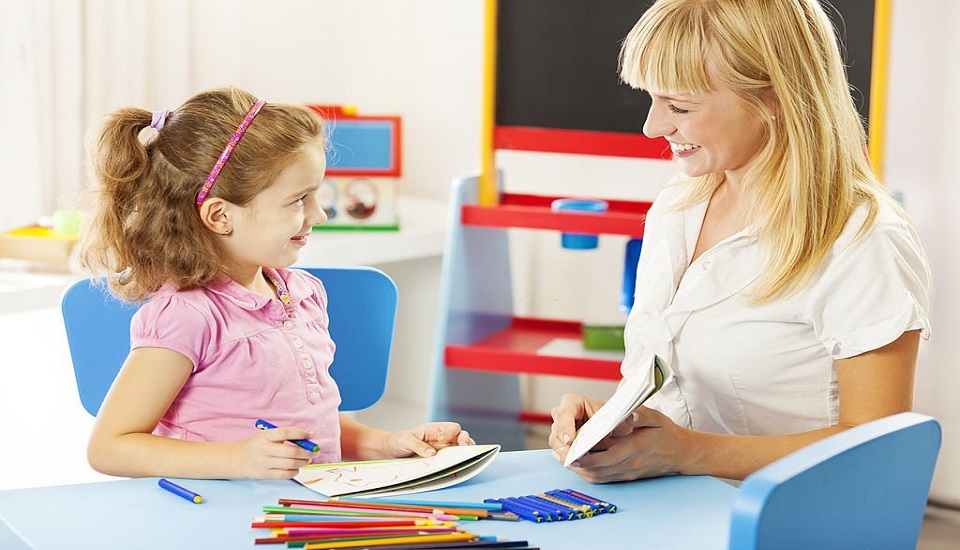Teaching and learning for young learners always call for an innovative and learner-centric approach.Small group instruction can significantly impact learning; this is also widely used in elementary classrooms. Instruction within small groups of students is a proven method that can allow young learners to be more adaptive to learning new skills in a cooperative environment.
While small group instruction is nota brand-new method early childhood educator uses, however, implementing small group instruction need to ensure that the learners are able to engage in the activity and that they are able to embrace collaboration with peers rather than relying on their teacher as the sole source of learning. The whole point of small group instruction is specific skills learning where teachers can step aside to reduce the student-teacher ratio.
3 Prime Advantages Of Small Group Instruction –
Strengthens Autonomy
Small group instruction is the key to build confidence within learners through collaborative and cooperative learning. this can create a comfortable environment for learners to interact and express their ideas and thus boost their confidence, especially for those learners who have a hard time to participate in a lesson or activity. Furthermore, it encourages teamwork as each learner in the group can engage in working toward achieving the same goal. All in all, young learners will be able to develop skills much comfort knowing that they can do this without much inhibition.
Personalized Learning
Small group instruction provides the scope for teachers to work more closely with each learner. It can help the teacher to evaluate students’ strengths, learning gaps and tailor-make lessons for them, and emphasis on specific learning objectives.
Additionally, this type of instruction can allow teachers to check for understanding, reinforce specific skills presented in whole group instruction, and also change the pacing of a lesson meaning, the teacher can break down lessons that are not easily understood so that learners can clarify their doubts for in-depth learning. small group instruction can also be adapted to extend learning in-depth.
When you know each of your learners it becomes easier for you to select activities and learning games that match their interests. As a result young learners are easily engaged in what they are learning. you can also give them the choice to take it to the next level. When learners are able to pick activities they truly enjoy, they feel more comfortable with the task and become more expressive and thus leading them to get creative.
Provides Feedback
Small-group instruction is also a gateway for constant feedback for teachers. it creates a space for teachers to observe learners more closely while they work on their lessons. Learners get a lot of time to ask questions and this feedback goes far beyond simple letter grades. With small group instruction, teachers can monitor their students' actions directly and can help learners in the area where there is a gap to ensure they can improve specific skills.
Take away For Early Childhood Educators
Making small group instruction work for young learners may not always be an easy task; however, when the teacher can get consistent he/she will find a structure that can add value to the instructional time. Small group instruction allows an opportunity for increased collaboration between peers, personalized instruction, and engaging learning sessions.
Well-designed small group instruction can make a significant difference for each learner and the way they can develop their skills. when a small group instruction strategy is applied it allows the teacher to reduce the student-teacher ratio – this is a huge achievement for 21st-century teachers who are there in the classroom as a facilitator.
The preparation time and effort will be worth it when the teacher with the Early Years Care and Education Course can createopportunities to provide each student a learning space that is filled with collaboration, interaction, and cooperation.
Written By : Samantha Kanth
